Second Decade: The Scourging at the PillarThe Flagellation of Christ Jaume Huguet (1450s) oil on wood, Large: approximately 3.5 feet high by approximately 7 feet wide Currently located in the Louvre, Paris, France After celebrating a Passover meal with the Apostles, Jesus went into the Garden of Gethsemane to pray. While He was there, God permitted Jesus to see all He was going to suffer. Then Judas Iscariot and a band of soldiers, the tribune of Pharisees, and the Jewish guards came to arrest Jesus. They took Him to a priest named Annas in the Temple. During the Liturgy of the Word on Palm Sunday (Mark 14: 1 through 15: 47) and again on Good Friday (John 18: 1 through 19: 42), you will have the chance to read the events that happen next: the questioning of Jesus before Annas in Annas' house, Jesus' trial in the Temple before Caiaphas, His first trial before Pontius Pilate in the prætorium, His questioning before Herod in the Jerusalem palace, and finally His second trial before Pilate. We are called to meditate on Jesus' Scourging at a pillar inside the prætorium as we pray the second decade of the Sorrowful Mysteries. The scene in the artist Jaume Huguet's painting is crowded and full of earthly and heavenly action. Let's take a slow and close look. The first thing we see is Jesus in the center of the painting. His arms are tied around a pillar in the room, and His hands are bound at the wrists. His knees are bent, and His chest and right shoulder are leaning against the pillar. Do you remember what a halo is? Point to Jesus' halo. Do you see the cross shape inside of His halo? There is a white cloth with blue stripes around our Savior's waist. This is a prayer shawl that Jewish men cover their heads with when they pray. We know that Jesus was praying in the Garden of Gethsemane right before He was arrested. We also know that Jesus' suffering is a prayer that He offered to God the Father for our redemption.
Jesus is surrounded by crowds on His left and on His right. Look at the crowd on the left. Find the two two men who have halos. Good news! There were holy men in the crowd, watching Jesus, praying with Jesus, loving Jesus! They are Joseph of Arimathea and Nicodemus. They are Jesus' friends! Both men were members of the Sanhedrin, the Jewish council. Joseph is the man who got permission from Pilate to remove Jesus from the Cross; he is also the one who found a tomb for Jesus. Nicodemus brought the one hundred-pound mixture of myrrh and aloes to prepare Jesus' Body for burial; he helped Joseph of Arimathea to wrap Jesus with burial cloths and place his body in the tomb. These two are saints who love Jesus very much. Caiphas the high priest is part of the crowd on the right; he sits on his chair. He holds a stick called a scepter, and he's pointing it toward Jesus like he is encouraging the attack on our Savior by giving instructions or commands. There are many more people in the crowd besides these three men. Most of them are some of the chief priests and scribes of the Temple. Many of these men were present when the Child Jesus spoke in the Temple. ABOUT THE FRAME The painting is bordered by a frame that has four small pictures in each corner. Three of these pictures show animals, and one is a man. These four pictures are symbols of the four Gospels, each of which focus on a different event in the life of Christ:
First Sorrowful Mystery: Agony in the Garden Third Sorrowful Mystery: The Crowning of Thorns Fourth Sorrowful Mystery: The Carrying of the Cross Fifth Sorrowful Mystery Now, with The Scourging at the Pillar in our imagination, |
The Second Decade of the Chaplet | The Third Decade of the Chaplet |
Blessings,
Mary Acevedo, Director of Religious Education
We are inviting you all to pray the Rosary with us. We will pray one decade of the Sorrowful Mysteries per week over Lent. Meditation materials are provided within the posts, which you will receive every Sunday morning during Lent. Praying the Rosary is not simply saying the Hail Mary and Our Father prayers; while we pray the Rosary, we are supposed to be thinking about Christ's life here on earth. Click here to understand why you shouldn't just launch into the prayers.
Each weekly meditation consists of three parts:
- a child-focused examination of the mystery as presented in fine art;
- the praying of the Rosary;
- and some activity I present in the "Application" section at the end.
You choose how to approach this. There will be some families who do not do any of the activities; I'm praying that most families will do something.
- Some may do all three activities back-to-back in a one or two hour stretch.
- Other families may do all three, but space them out over a day or two.
- Still other families may do only one or two of the three activities.
Before beginning, parents may wish to review. Parents can look in their children's workbooks or click here to become familiar with the parts of the Rosary. A visual guide is also provided in each of these posts. If you need a Rosary, please stop by our office and we can give you one.
The season of Lent is a grace-filled season, a time to pause and step back from "the daily grind." Through the intercession of Mary, Our Lady of the Miraculous Medal, I pray this Lent will be a time when God’s grace and goodness may be more fully manifested in all of your lives and those of your loved ones.
Mary Acevedo, Director of Religious Education
First Decade: The Agony in the Garden
Duccio di Buoninsegna (c.1308-1311)
tempera on wood, approximately 20" high X 30" wide
Currently located at the Museo dell'Opera del Duomo (Cathedral Museum), Siena, Italy
This story from Jesus' life happened on what we call "Holy Thursday." Many things happened on Holy Thursday. Look carefully at the painting. Can you name the three things you see going on in the painting? If you need help, answer these questions:
Jesus wanted to walk in the garden, but He didn't want to go alone this time. He invited His friends to go with Him. Jesus was in agony. This means something like He was stressed out to the maximum and feeling a lot of pain. Not only was He suffering mentally, He was also suffering physically. What does that mean; can you give some examples of those two types of suffering?
All of that is how Jesus felt. Do you know why He was feeling that way? Here's why: Jesus is God, and as God, He knew all the terrible sufferings, humiliations, pains, and tortures He would experience soon. Holy Thursday night is when Jesus was arrested and tortured. The next day, Good Friday, is when He was crucified. We'll talk about the Crucifixion more when we pray the Fifth Sorrowful Mystery. Easter Sunday is when He rose from death, victorious and alive! We'll talk more about when we pray the First Glorious Mystery.
Look at the painting again. The garden is not lush; it's barren and rocky, isn't it? Look at the colors the artist used for the garden. The colors are almost monotone, which makes us feel that something somber is going on. Even though there is a golden glow, it is not bright and happy. The artist is helping us to remember the seriousness of what will soon happen to Jesus.
The scenes in this painting show what happened before Jesus' arrest.
To the left, we see the Apostles. How many can you count? Who is the twelfth one who is missing? His name starts with a J-U-?-?-?. Do you know why he isn't painted here? Do you know where he is and what he is doing? If you don't, read the Gospel of Luke, chapter 22, verses 1-3 and 21-23 and you will find out.
The middle scene shows Jesus begging the Apostles not to go to sleep. He wants and needs them to stay awake and pray with Him. (Luke 22: 39-46) He has to wake them up and ask them this favor more than once. This must have made Him very, very sad. All of us want our friends to show us they love us by paying attention and supporting us. Even Jesus wanted that attention and support from His friends.
In the right corner, we see the third scene. You can see Jesus praying alone here. His knees must have been really hurting because they are balancing His body's weight on a hard, bumpy stone. He was in such distress that He was sweating blood instead of water. (Luke 22: 44)
But His friends are not helping Him; they are sleeping.
Remember that Jesus is fully human and fully divine. In His human nature, He begs God like we do: "If it's possible, please don't let this happen to Me. Please take this suffering away from Me." But Jesus knows that there is no other way for us sinners to get into Heaven and that His purpose is to set us free and open the Gates of Heaven. Because He knows this, He also tells God, "Not My will, but Your will be done." (Luke 22: 42) And do you know what God did when Jesus told God how He was feeling? God sent Him a Guardian Angel. (Luke 22: 43) God sends us Guardian Angels, too. You have a Guardian Angel.
| Do you know how the Gates of Heaven were shut? Sinning made them shut. The "Original Sin" of Adam and Eve closed the Gates. Do you know about Adam and Eve and Original Sin? When Adam and Eve lived in the Garden of Eden, they had the ability to live forever and never die. Can you imagine that? They could actually hear and talk to God! Think about that for a minute. They had it all! But then they listened to the Devil, who confused them. The Devil told them that they could have even more, but that God didn't want them to, so that's why God wouldn't let them eat from the Tree of Knowledge of Good and Evil. Why would they want to know about evil?! They were already good -- God Himself said so and made them so! How silly and thoughtless they were when they ate from that tree. |
| The doors to Heaven were shut. Only Jesus could open them. Can you see the angel who is with Jesus? The angel is giving Jesus a chalice. We read about this chalice in Luke 22: 42 when Jesus says, “Father, if You are willing, take this cup away from Me; still, not My will but Yours be done.” This is the fourth cup of the traditional Passover meal; it's called the Cup of Judgment, and you can read more about its meaning and importance here. |
Third Sorrowful Mystery: The Crowning of Thorns
Fourth Sorrowful Mystery: The Carrying of the Cross
Fifth Sorrowful Mystery: The Crucifixion
Now, with The Agony in the Garden in our imagination, let us pray.
Hold the Crucifix in your right hand. Make the Sign of the Cross properly, using the right hand only.
Still holding the Crucifix, state what you believe as a Catholic by saying the Creed.
Move to the first bead. Pray one Our Father.
Move to the next beads. Pray the Hail Mary three times, once on each bead.
Move to the next bead and pray one Glory Be.
Stay on the same bead. Announce the Mystery by saying these words: The First Sorrowful Mystery, The Agony in the Garden. God's greatest desire is for all of us to be with Him forever in Heaven. God loves us. He is passionate about getting us back home with Him. Jesus was sent to Earth to help us sinners get into Heaven. He helped us by taking all of the blame for all the bad things we do. He received terrible punishments for sins He did not commit. On Holy Thursday, Jesus went into a garden called Gethsemane. While He was praying, God allowed Him to see how horribly He was going to suffer. He saw His friends' sins: betrayal, denial, abandonment. He saw all our sins: mean, immoral, evil. And the thought of His Passion and our sins made Him sweat blood. This blood poured out in His agony. Then Judas came with the soldiers who led Jesus away to many hours of torture and finally death on a Cross.
Stay on the same bead. Pray one Our Father.
Move through the next ten beads, praying the Hail Mary on each one.
Move to the next bead. Pray one Glory Be.
Stay on the same bead. Pray the Fatima Prayer.
Make the Sign of the Cross using the Crucifix. AMEN!
Lenten Application
Do you know what the word "Alleluia" translates to in English? Truly, there is no adequate translation into English words because the communication behind Alleluia (sometimes spelled “Hallelujah”) is more emotional, like wild excitement and sheer joy. Really, it's like when you announce something fantastically amazing to your kids and they all scream and shout a good ol' "HOORAY! YAAAA-HOOOOO!!! AAAACCKKKKK!!! YES! YES! YES!" while bouncing up and down with clear, powerful joy in their tone. Linguists and scholars translate it to "Praise God!" Meh. Keep the visual -- it's important.
| We Catholics sing the word Alleluia in Ordinary Time before hearing the Gospel reading. Before the Liturgy of the Word, we sing the Gloria. Both of these prayers are omitted from Mass during Advent and Lent because they are closely associated with seasons of joy (Christmas and Easter, and Ordinary Time); they are in stark contrast with the somber penitential attitude of Lent and even the contemplative anticipation of Advent. |
I invite you to "bury the Alleluia" with your family today. Literally. This is a craft activity you should do at home sometime between Shrove Tuesday/Mardi Gras and the First Sunday of Lent. You decide what your family can handle; a very simple "Kids, copy this word Alleluia in your own handwriting and decorate it with these markers" is sufficient. If you like computer graphics and have access to a printer, choose a beautiful font and make a banner out of cardstock and ribbons. If you've got time and some money to spend on a permanent family keepsake, create shelf art out of wooden letters and spray paint. (Click on the links for visuals and instructions.) Whichever type of art you create, "bury" the Alleluia you make in an envelope, in a box, under rocks on your prayer table, or in some other way. Then, at the Easter Vigil, "dig it up": take your art out and display it until the end of the Easter season (a 50-day period!).
If you do this craft, email me your creations so I can see them!
Blessings,
Mary Acevedo, Director of Religious Education
Time moves so quickly, doesn’t it? That’s why I want to make a post about Lent a few days early. I know when I wake up on a particular Wednesday in February or March and realize, “Today is Ash Wednesday?!” and I haven’t prepared, I always feel behind schedule. I never really feel caught up when I’m not ready for Ash Wednesday, and I never feel my Lent season is experienced well when I’m not ready.
I repeated that thought of “not ready,” did you notice that? Lent is a period of preparation. It requires reflection and action. It’s hard for me to follow through if I’m not prepared for my preparing. I know that sounds a bit controlling, but the change I strive for during Lent seems to happen at a better quality when I have the time to prep for it.
Let’s take some steps back and look at the bigger picture.
How long is Lent?
Lent is a period of serious reflection before the joyous celebration of Easter Sunday. Easter Sunday is the day that Jesus rose from the dead: Resurrection Day. If you counted the days between Ash Wednesday and Easter Sunday, you’d count 46 days, yet we are taught that Lent is just 40 days. Why? Because every Sunday is a celebration of Jesus’ Resurrection, so the Sundays between Ash Wednesday and Easter Sunday are not Lenten days.
The calendar is … what?!
Lent begins on Ash Wednesday and ends on the Wednesday before Holy Thursday.
Holy Thursday, Good Friday, and Holy Saturday are called the Triduum (pronounced as 3 syllables: “Trid-do-um”). Holy Thursday commemorates the day Jesus and the 12 Apostles celebrated their Passover meal, followed by time in the Garden of Gethsemane, Jesus’ arrest and trials, and the start of Jesus’ torture.
Good Friday remembers Jesus’ torture, judgment, death, and entombment.
Holy Saturday is a day of meditation and quiet, as the Blessed Virgin, Apostles, and friends mourned; this is the time Jesus descended to hell to gather those in the Bosom of Abraham and delivered them to Heaven.
Easter Sunday commemorates the day that Jesus appeared to His Mother and friends, having risen from death.
Mardi Gras is French, and it means Fat Tuesday in English. It is the day before Ash Wednesday. Traditionally, Christians cleaned all indulgent foods from their pantries, which is why it’s called Fat or Gras. In many cultures (Brazilian, Italian, and Creole from New Orleans in Louisiana, USA) developed community celebrations based on this cleaning out; carnivals and parades have become common. Some faith traditions call Mardi Gras Shrove Tuesday. Shrove means to confess your sins. Traditionally, we are called to be introspective and examine ourselves at the start of Lent in order to determine what we need to work on during Lent to bring ourselves into a closer relationship with our Lord. We are invited to spend a substantial amount of time during Lent reflecting God’s holiness and all of the ways we turn away from our call to be holy. It is a time of awareness and promise. By recognizing our sinfulness, we are led to repentance (which is the turning away from sin) and real change.
The simple answer is this: Stop doing one thing that separates you from God. Choose one sin, especially one that you commit all the time, and focus your energy on just stopping.
And this: At the same time, you should start doing something that is guaranteed to bring you closer to God. Choose one holy activity and focus your energy on starting it.
Most Catholics adopt the Three Disciplines of Lent, which are fasting, prayer, and almsgiving. Together, these three disciplines help us draw closer to God, which is the true purpose of the Lenten season.
| Fasting Probably the first thing Catholics equate with Lent is fasting. But did you know that the Church calls us to fast only on two days?
|
Remember that you fast only two days a year--you can do this! When we fast, we practice self-denial and learn to lead a life of moderation and generosity. When we learn to not take for ourselves, we deepen our compassion for people who are in need, and that leads us to develop a deeper hunger and thirst for God.
Fasting applies to:
- Children (anyone younger than 18) are not required to fast.
- Adults 18 and older are required to fast, with exceptions:
- The Catholic Church does not want pregnant or breast-feeding moms to fast.
- Adults with a health condition that will be negatively impacted by fasting should not fast.
- Adults 60 years and older are not required to fast.
About abstinence:
The Church asks us to abstain on Ash Wednesday, all Fridays of Lent, and Good Friday. Abstinence means not eating meat, including poultry, pork, beef, and other types of red meat (lamb, veal, buffalo, venison, etc.). Dairy products are discouraged (milk, cheese, yogurt, etc.). On the other hand, fish and seafood is allowed. Fasting and abstaining from meat reminds us of our reliance on God, who is the source of all abundance and nourishment. When my children were preschoolers, I started training them in abstaining from meat and from indulgent foods like treats.
Supporting your parish at least once during Lent by going to the Friday Fish Fries makes a fun family tradition. At home, try to keep your seafood dishes simple; we are fasting and abstaining from extravagance, not simply from certain animals. If your family members do not like any kind of fish, legumes (lentils, black beans, white beans, etc.) are a good source of protein, too.
| Prayer On Mardi Gras and Ash Wednesday, spend some time thinking about how your prayer life can improve. Also spend time finding ways to make sure your prayer life improves. Do-able ideas: A lot of people respond well to daily calendar reminders. Others really like receiving early morning texts with links to a prayer book with meditations already chosen for them. Bishop Robert Barron and Dynamic Catholic are two popular resources. |
A Prayer Table in a prominent place in your home will help highlight that “in this family, we pray.” You can practice the prayers we ask your kids to memorize, or you can start your own prayer devotion there, or you can complete the Family Liturgy there, or you can even have the kids do their Religious Education Program homework in that area—in any case, it signifies a quiet, meditative place. Your prayer table could be an end table or coffee/cocktail table in your living room, a section of your kitchen counter or dining table, or a piece of furniture you buy just for this purpose. You can make this a permanent place in your home, a sacred space that will change with the seasons and with time, as the members of your family grow and change. Basics that should always be on your Prayer Table are
- a placemat, cloth napkin, or tablecloth,
- a candle,
- a crucifix,
- a Bible,
- an empty bowl or other container to collect prayer requests
- slips of paper and pens to write prayer requests
- statues of a patron saint, or a saint whose feast day is coming up (St. Patrick and St. Joseph are celebrated during Lent),
- vase and bouquet of flowers,
- prayer books and/or poetry books and/or a hymnal (or a Kindle or old smart phone that can access resources from the web),
- storybooks for children,
- postcards or print-outs of sacred art relevant to the season,
- a beautiful container for your family’s Rosaries,
Gather your family around the table on a certain day at a certain time. While lighting the candle, say something like, “We light a candle to remind us that God is with us in this place, at this time.”
Some good storybooks for Lent include The Tale of Three Trees, The Donkey that No One Could Ride, and The Colt and the King.
You should also choose a good Stations of the Cross book. An electronic format is useful if you come to our parish parking lot and pray the Stations together as a family, outside. Or you can join other parishioners inside (materials will be provided). Times are listed on our parish's homepage.
Donate your Talent: Become involved in a parish activity that ministers to others. Children and teens can join Altar Servers, Ushers, and Young People’s Choir among other youth ministries. Moms and Dads can always use your talents and time here in the Religious Education Program. We would love to work with you!
Mardi Gras: Clear your pantry. Get rid of foods and beverages that do not honor the body that God designed for you. Instead of gorging on them, consider donating unopened packages and bottles to the St. Vincent de Paul Food Pantry here in our parish. Your body is God’s gift to you. How well are you treating it—with foods and with other choices? How are you abusing your body (your intellect, your physical body, your emotions and your psychology, etc.)? Are you using your body to abuse others (yes, this is a question of morality)? How? These unhealthy choices and habits are also things you want to clear out and get rid of. It’s ok to feast today. Say this grace before your meal.
Ash Wednesday: Today is not a Holy Day of Obligation, but many Catholics happily choose to start the Lenten season by going to Mass and then receiving ashes on their foreheads. I feel going to Mass and receiving ashes is important for our children, who respond well to physical expressions and rituals. This resource provides details on the Ash Wednesday tradition. Our Mass schedule is here.
St. Patrick's Day (March 17), St. Joseph's Day (March 19), and the Annunciation (March 25): Everyone likes to claim that they are Irish on St. Patrick's Day and Italian on St. Joseph's Day. And why not? It's fun to celebrate these saints and their contributions to our faith Tradition. The secular party, though, might be more than what we should be doing during Lent, even if these days don't fall on a Friday. Go ahead and celebrate, but within reason. Take note, though: if St. Patrick's Day falls on a Friday, you are not permitted to eat meat unless the Bishop gives a dispensation, so check the Diocesan website. But if St. Joseph's Day or the Annunciation falls on a Friday, you may eat meat. What's the difference? Read this article to find out.
Can preschoolers celebrate Lent?
YES! You probably can see children of all ages being able to participate in some way in all of the activities listed above. Children love to help, and teens want to “give back.”
Have a blessed Lent! We are here to support you in your Lenten efforts, so please let us know what you need!
Mary Acevedo, Director of Religious Education
Upcoming Family Events
here in our program, here at our parish, and throughout our Diocese.
Categories
All
2018 2019 Program Year
2019 2020 Program Year
2020 2021 Program Year
2021 2022 Program Year
2022 2023 Program Year
2023 2024 Program Year
Confirmation
COVID 19
Lent
Reconciliation And Communion
Rosary Joyful
Rosary Sorrowful
Summer Programming
Work Of Mercy
Youth Ministries
Archives
April 2024
February 2024
October 2023
May 2023
March 2023
January 2023
September 2022
August 2022
July 2022
November 2021
March 2021
February 2021
January 2021
December 2020
November 2020
September 2020
August 2020
June 2020
May 2020
February 2020
September 2019
August 2019
June 2019
May 2019
March 2019
February 2019
January 2019
September 2018
December 2017
October 2017
September 2017
April 2017
March 2017
January 2017
October 2016
September 2016
June 2016
May 2016

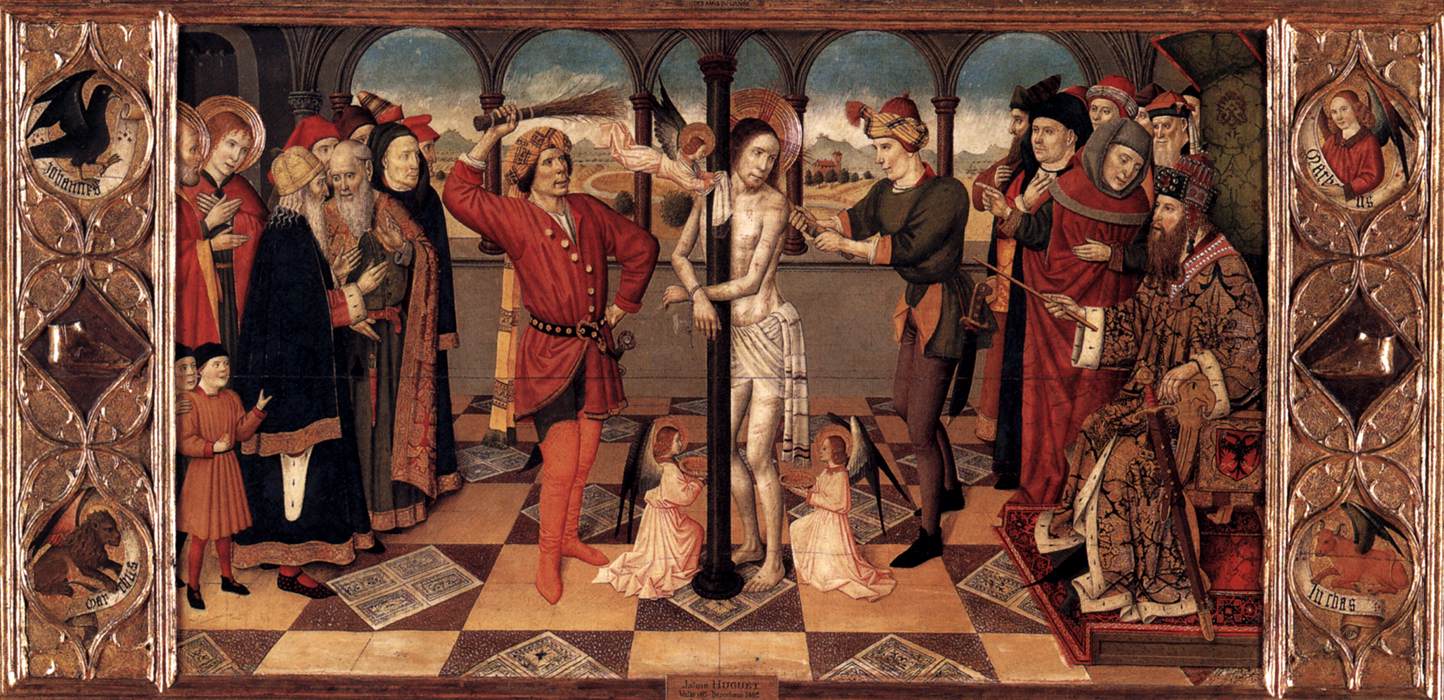
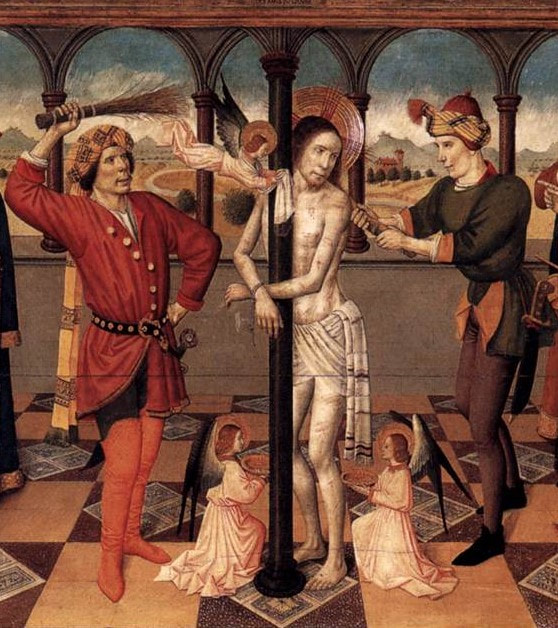
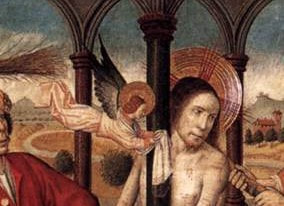
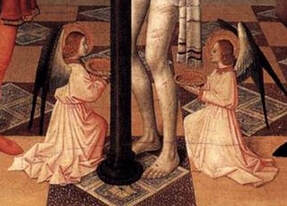
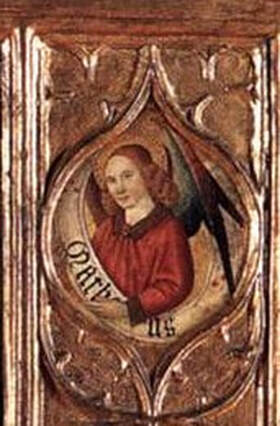
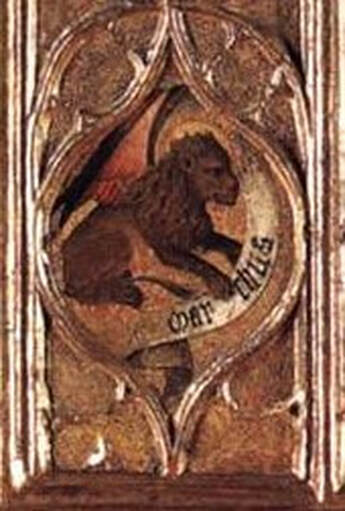
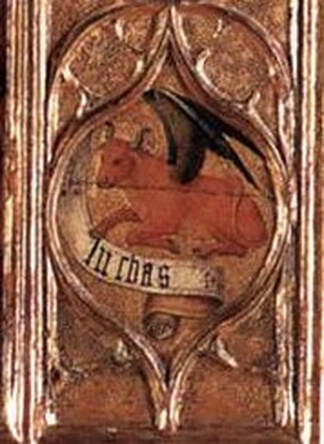
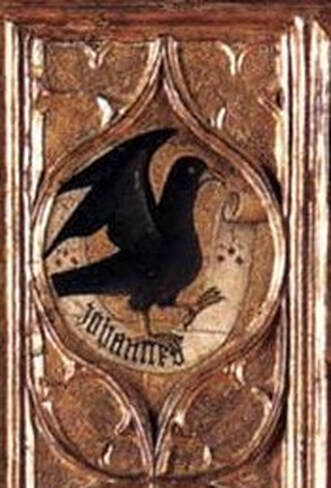
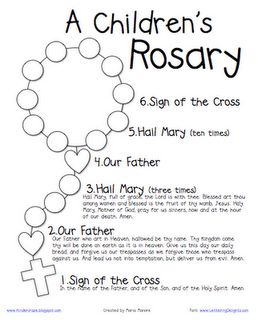
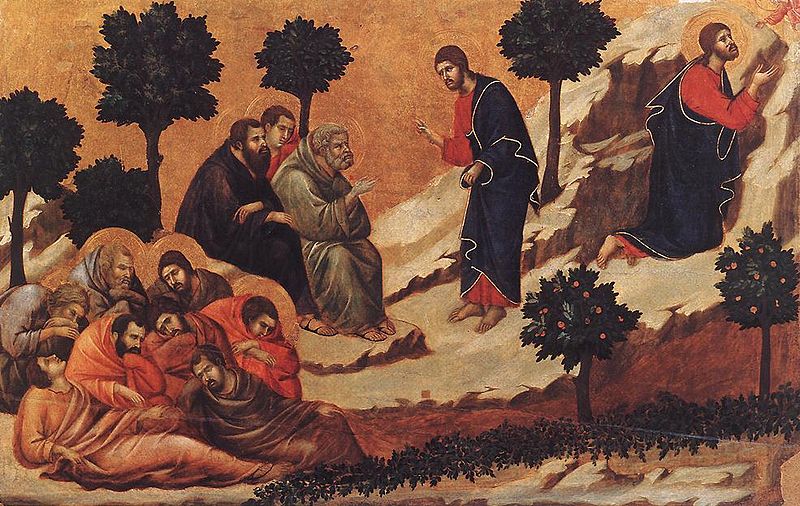
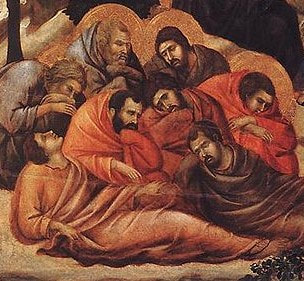
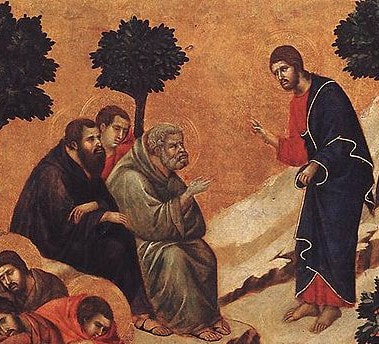
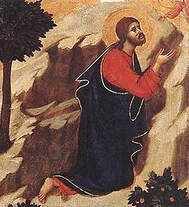
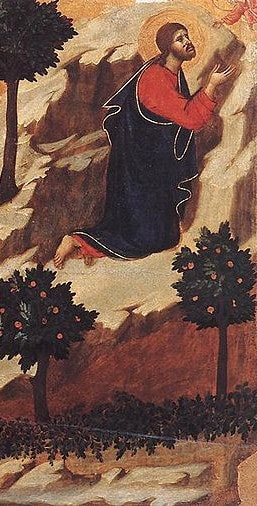
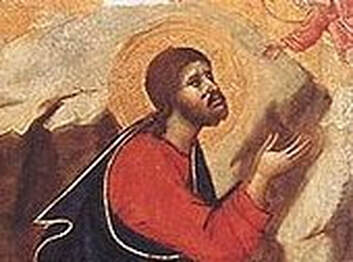
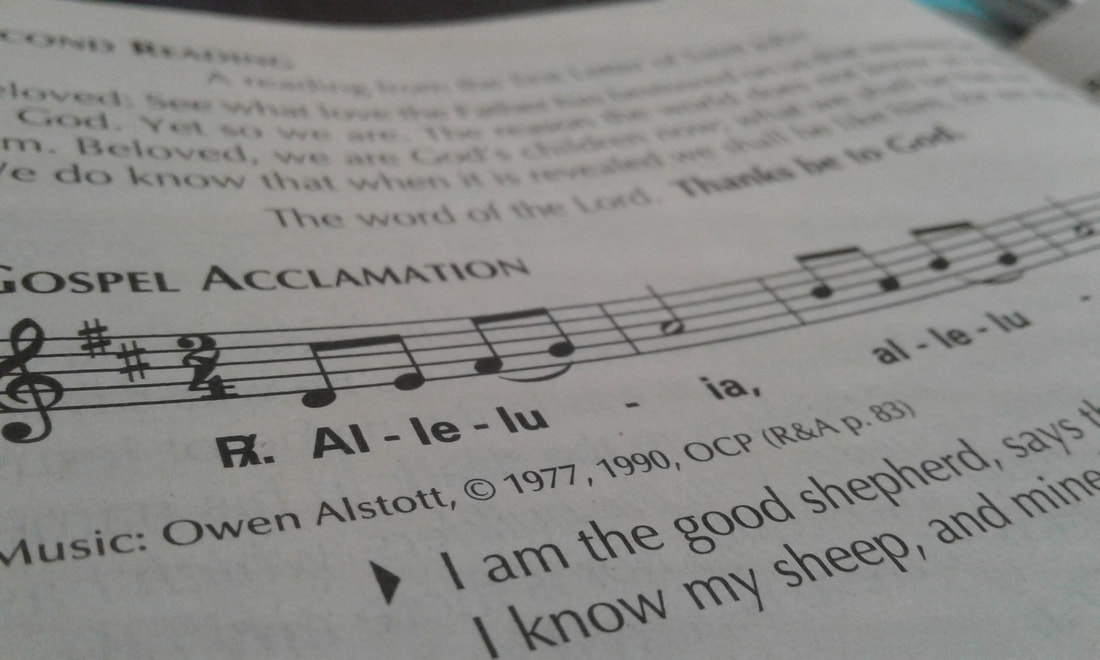
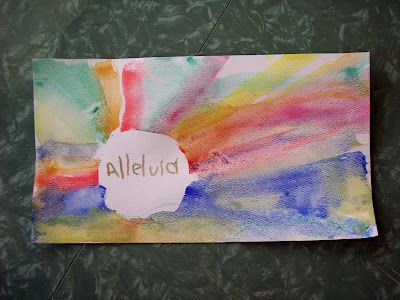
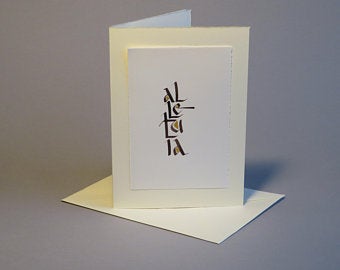
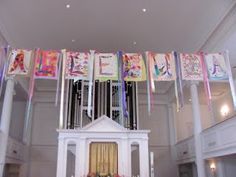
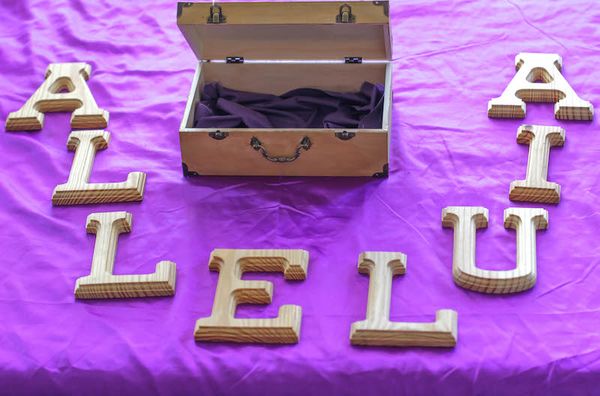
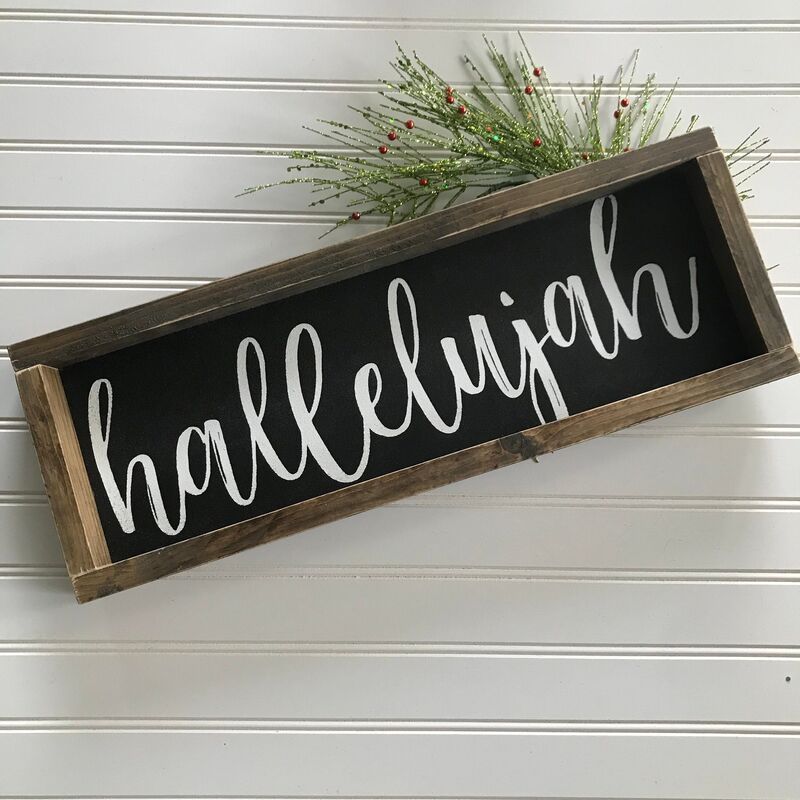
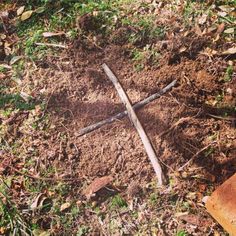
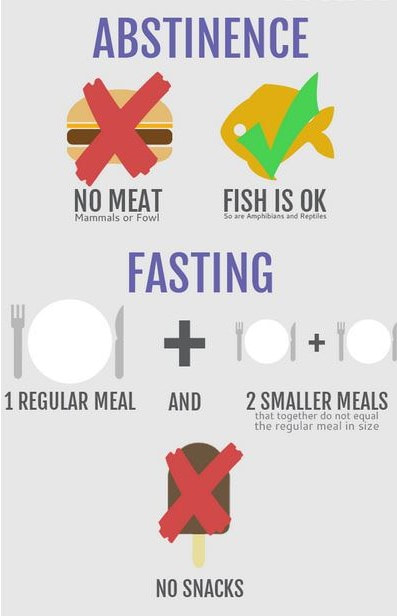
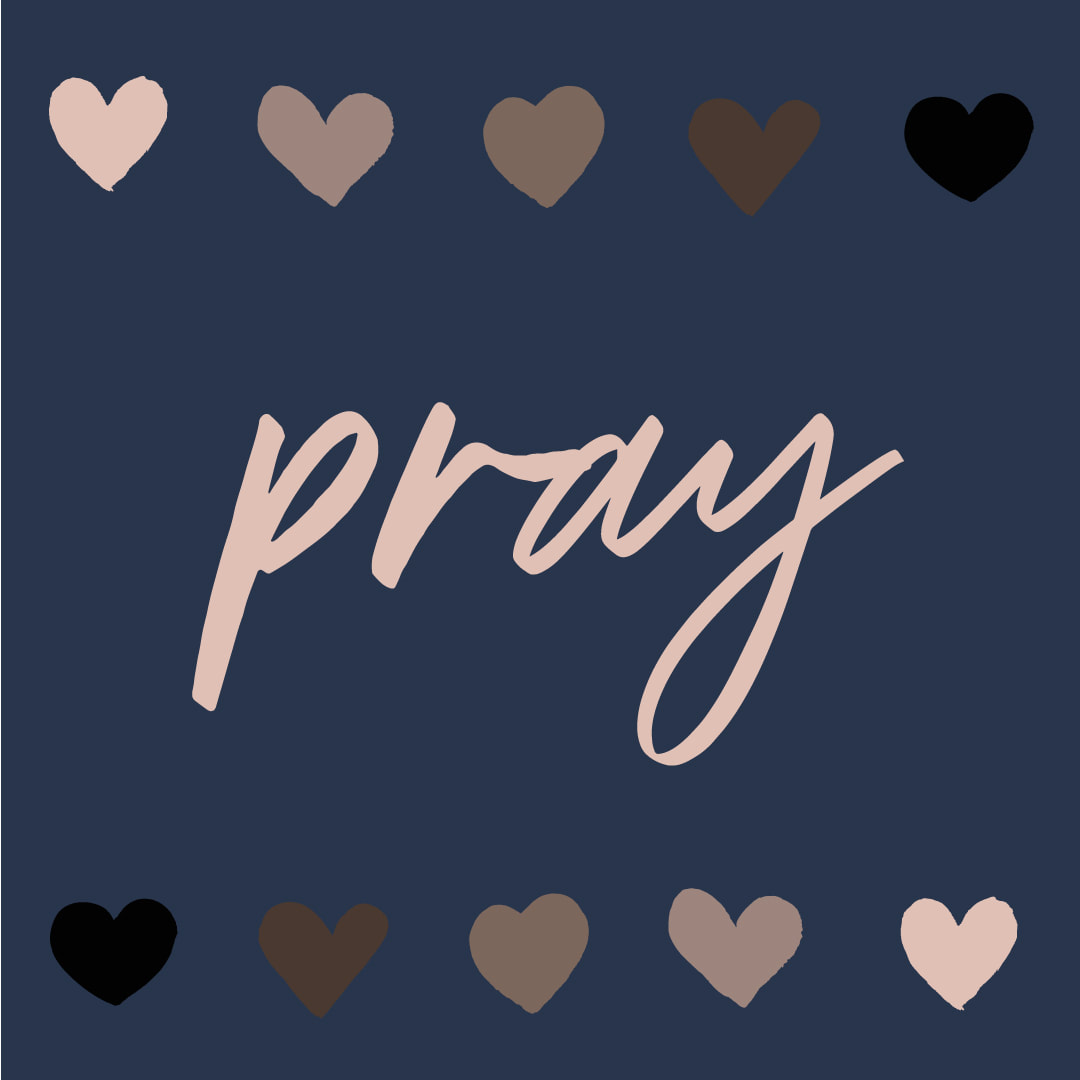
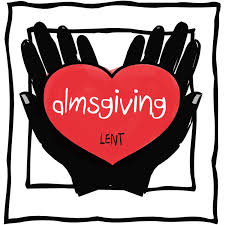
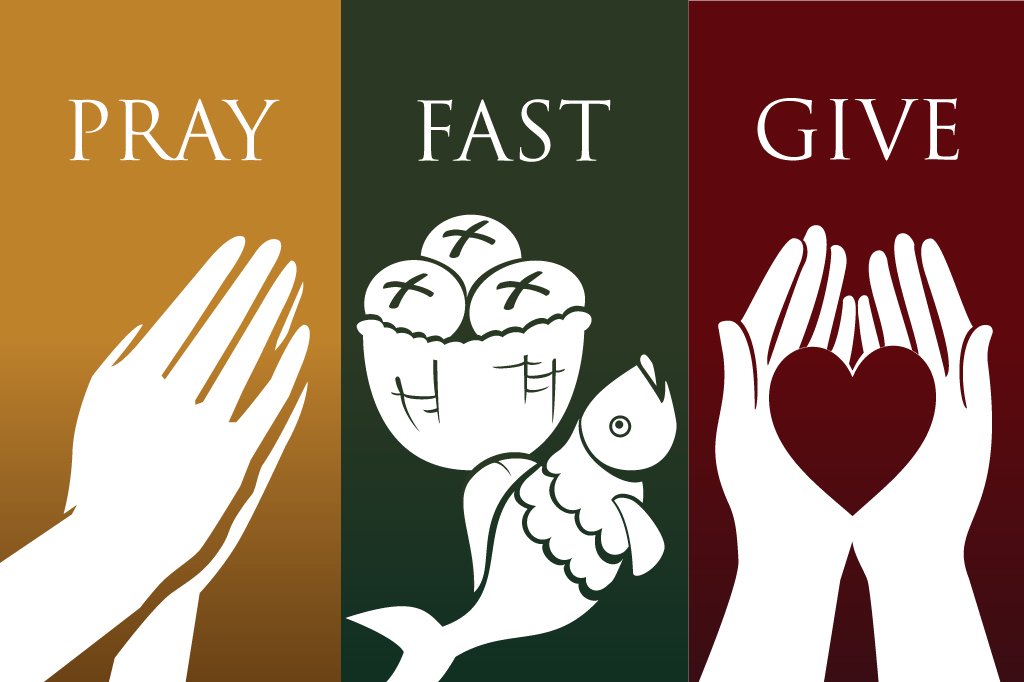
 RSS Feed
RSS Feed